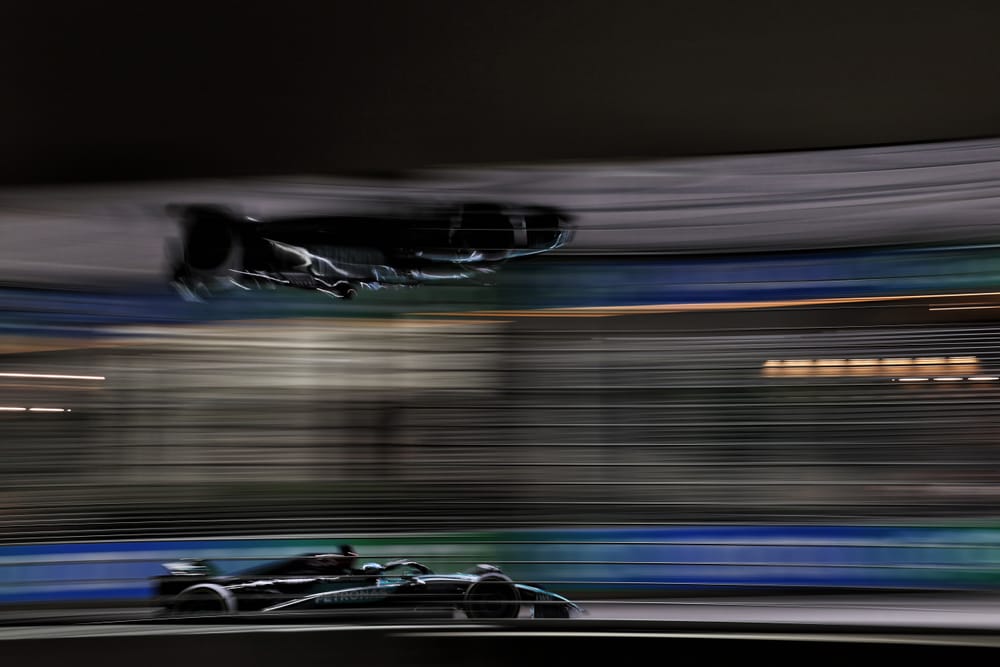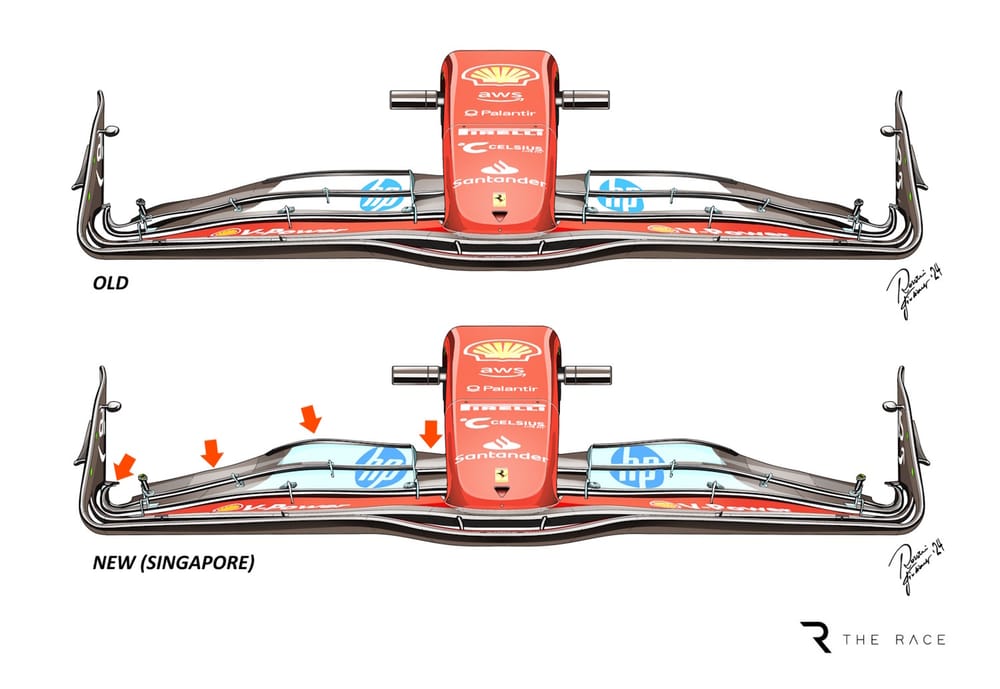Up Next

There’s a simple change that can be made to the 2026 Formula 1 regulations that will give designers an extra tool to use to optimise the car: simply drop the rule that sets a mandatory weight distribution.
That regulation was first introduced in 2011. This was to avoid the risk of teams lucking into – or out of - the correct weight distribution for the characteristics of the new Pirellis after it replaced Bridgestone as F1’s tyre supplier.
The intention was that this rule would be temporary and dropped for 2012, yet it was retained. Not only is it still in the regulations today, but it’s also in the new rules for 2026.
The current rule (Article 4.2 of the technical regulations) states that “with the car resting on a horizontal plane the mass measured at the front and rear axles must not be less than the mass specified in Article 4.1 (798kg) factored by 0.446 and 0.539 respectively”.
Despite the major regulation changes coming in 2026, the rule (Article 4.3) is almost identical but rounds the mass multipliers to 0.44 and 0.54 at the back. In both cases, the rule has the same effect, creating a small window in which teams can work, which leads to them criticising the tyres and upsets the FIA and Pirelli.
The bottom line is that the designers are working with their hands tied behind their back because weight distribution is a crucial characteristic of any racing car that has a big impact on performance.
But it’s not just about the weight distribution, it’s a combination of a lot of factors. It all starts with the tyre contact patch size, and that’s significant because it’s the black, round things that give you the overall grip.
The regulations set the minimum and maximum tyre widths. The fronts have to be between 345-375mm, with the rears between 440-470mm. Because of the sidewall profile, if we take the minimum width as the tread width then we end up with a potential contact patch percentage width distribution of 43.9% front and 56.1% rear.
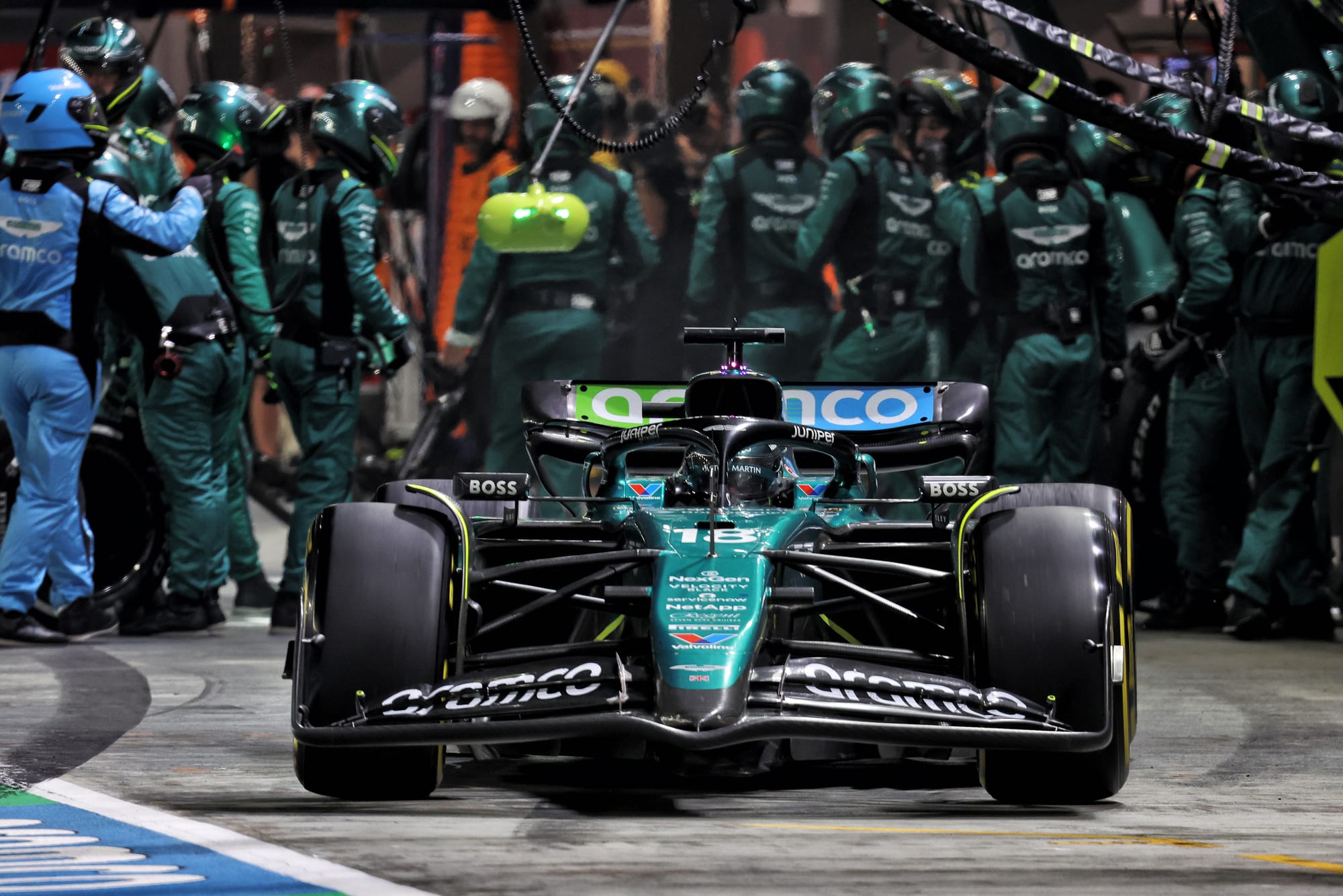
With the weight distribution limits defined by the FIA, we end up with an available adjustment range of 44.5% front/55.5% rear to 46.0% front/54% rear. That means there’s a 1.5% range for teams to optimise the mechanical car balance and tyre degradation.
These numbers coincide fairly well with each other and it wouldn’t take much fiddling with the numbers to actually match them, but then we have to add on the aerodynamic loads.
Although not all things are linear, to understand these total loads and their distribution onto the front and rear tyre contact patch areas, I am going to use the midpoint of the allowable weight distribution, so that means front 45.25% (361kg) and rear 54.75% (473kg). This is a total of 798kg, which is the minimum weight limit, this is then added to the aerodynamic load for a medium downforce track, again distributed at 45.25% front, which with the current regulations would be very difficult to achieve. These loads are displayed at six different car speeds.
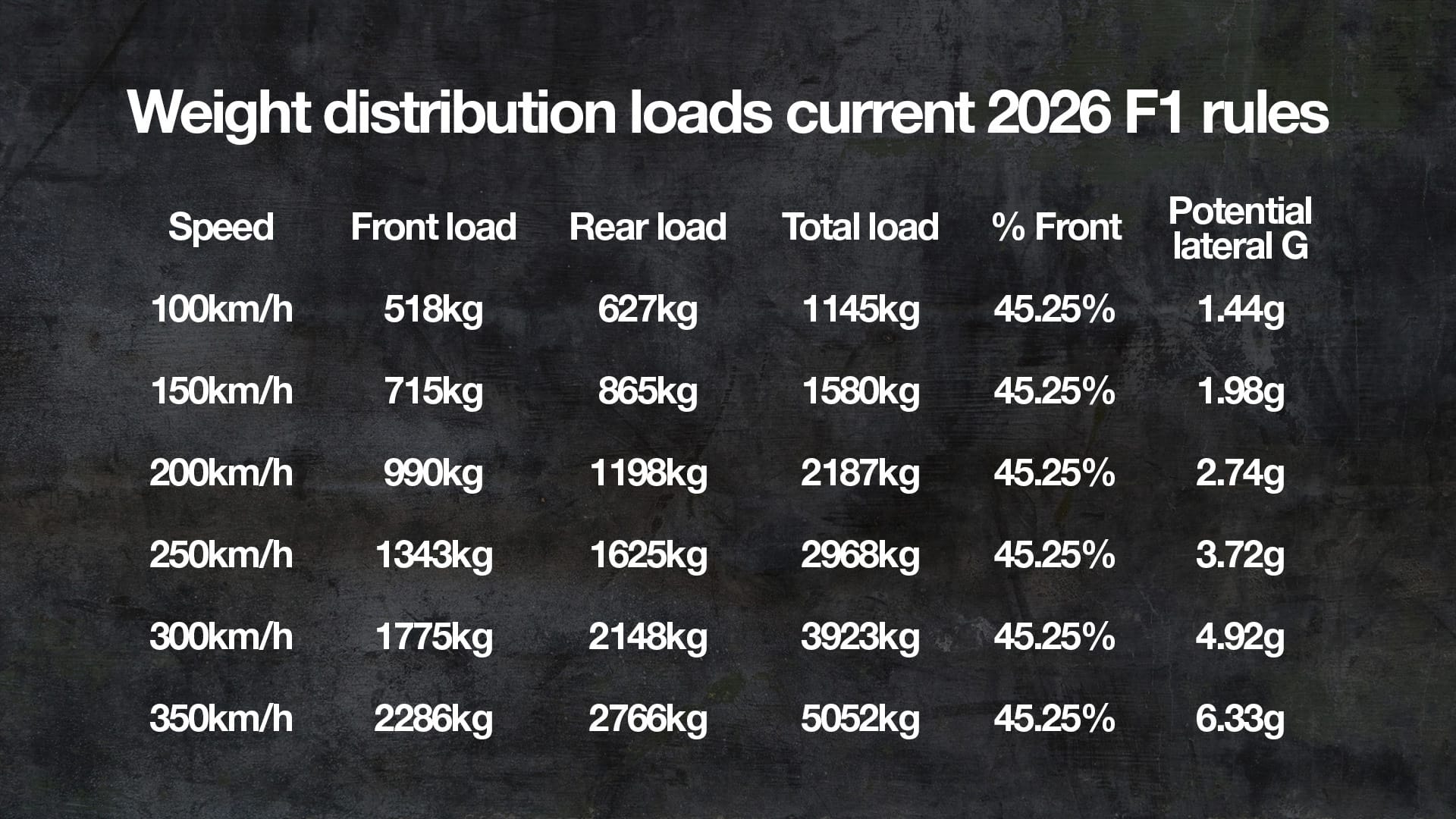
So with the weight distribution and aero distribution set at the same front to rear, we get a stable percentage tyre load. The lateral force(g) that the tyres can generate will be better than one, but as the lateral g increases you unload the inner tyres and increase the load on the outer tyres.
But as the contact patch stays the same size, you don’t actually get the same cornering force so I would expect the lateral g in slow corners to be a little higher perhaps +5% and the lateral g in high-speed corners to be a little lower, again perhaps -5%.
However the percentage load distribution is not in line with the percentage tyre contact patch distribution and to get this aero percentage on the front would not be easy to achieve from the front wing alone, with these ground effect cars the underfloor is much more powerful than the wings. It would require the centre of pressure of the underfloor to be as far forward as possible when the car is at slow speed / high ride heights which would lead to a shift forward in balance with speed as the car gets closer to the ground and the underfloor becomes more powerful.
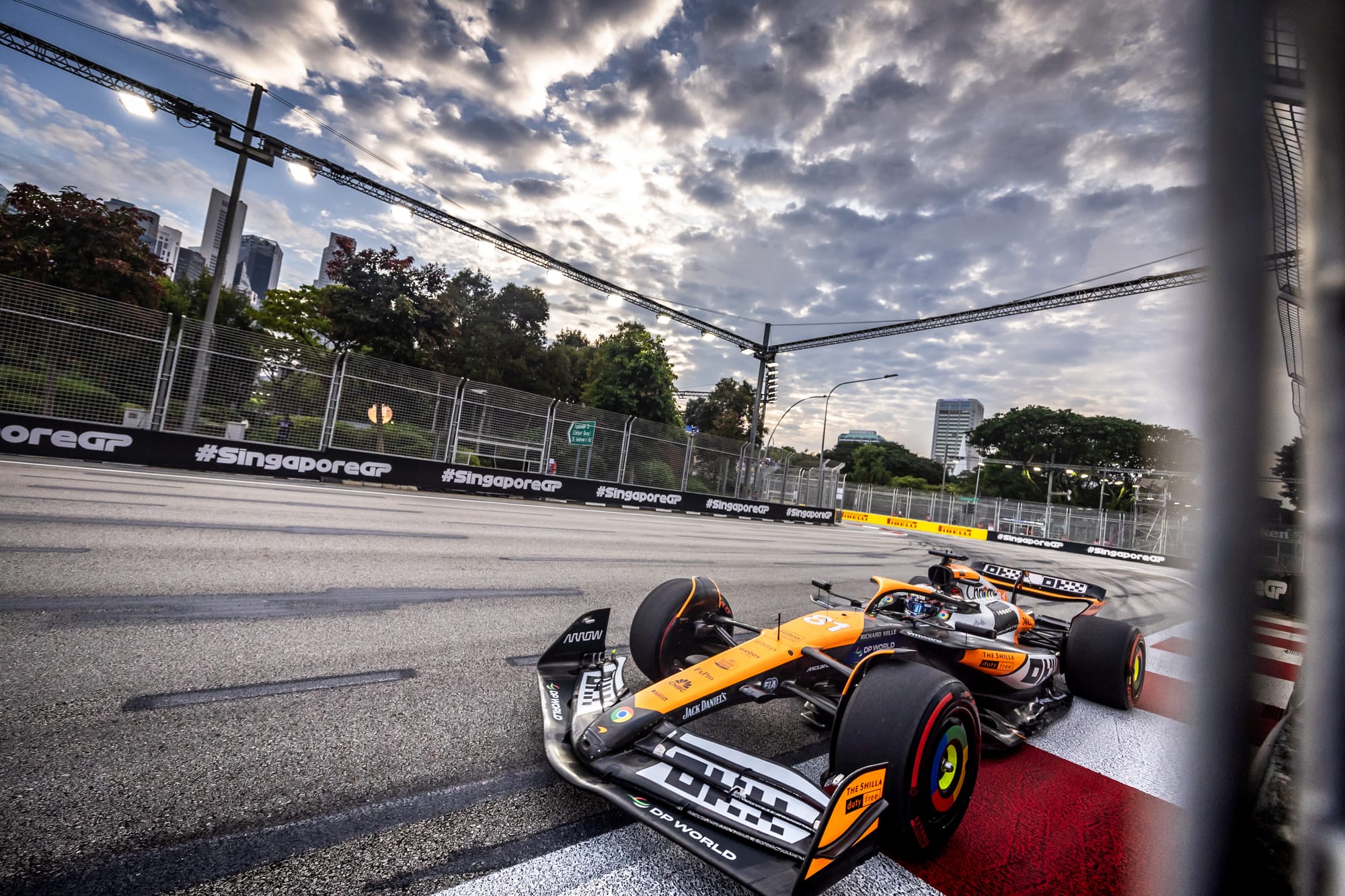
To stabilise this you would need a lot of front wing flex. From the front wing rotation I can see on the TV pictures I’m pretty sure that some teams can reduce that forward centre of pressure by one or two percent as the load builds up. But to optimise the balance to a drivable level it will also require an underfloor design that moves the centre of pressure rearward at speed as the underfloor surface gets closer to the ground, and the outer edges seal off any inflow.
So if the weight distribution could be at the team’s discretion, let’s say for these calculations at 48% front and 52% rear, and the aero distribution at 42% front, which would be easier to achieve. It would give the following numbers.
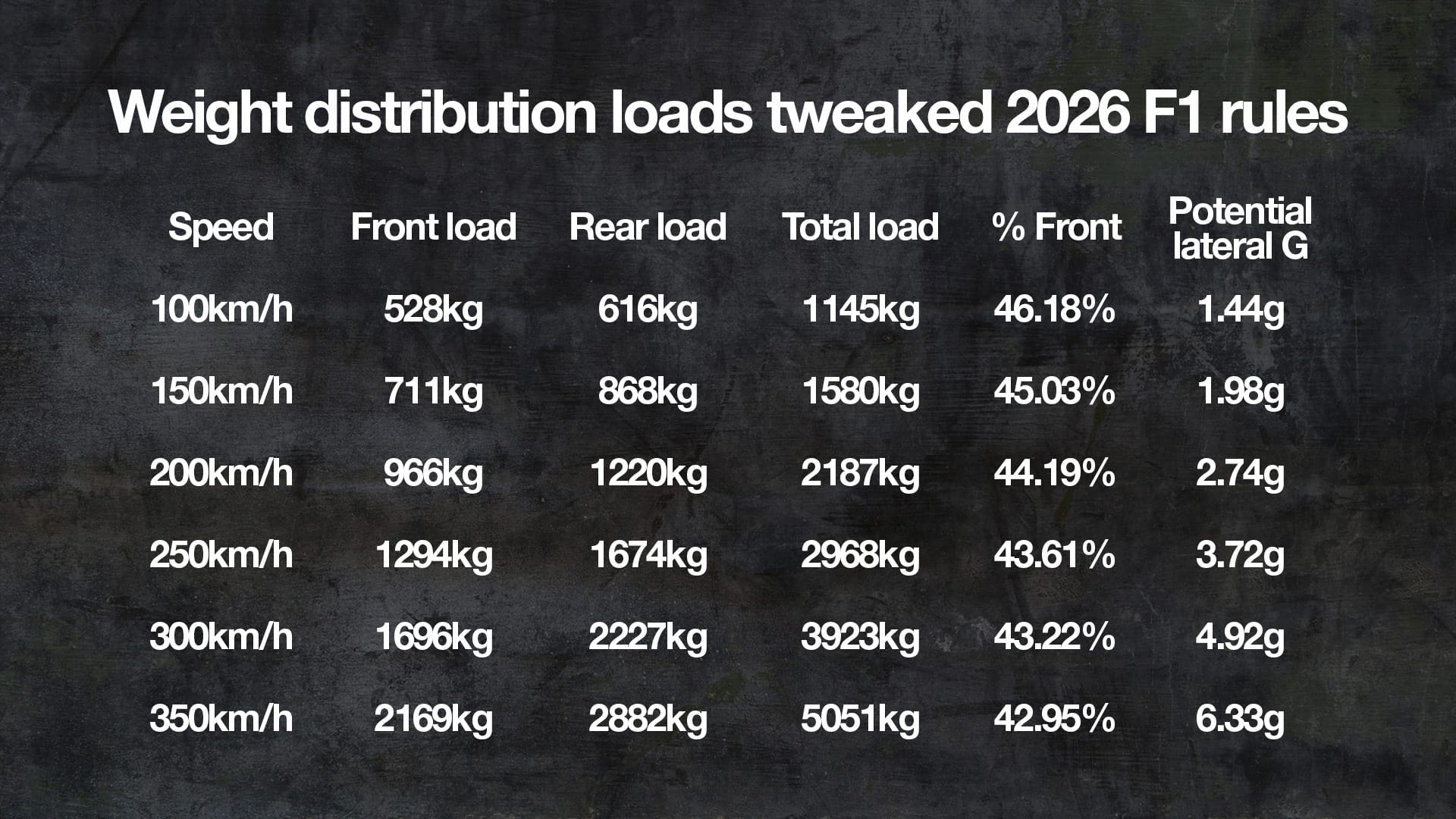
You can play with these numbers, but with the above numbers, we end up with a rearward load shift with speed of 3.23% without any requirements for front wing flexing. The total downforce remains the same and the potential lateral g remains the same, so performance wise no major change just a much more drivable car.
While I’d happily remove the rule entirely, you don’t necessarily have to throw the baby out with the bathwater. But you could get all the teams and Pirelli to do their simulation and open up that window, from my calculations you could simply come up with a set of numbers that would allow a 5% shift instead of a 1.5% shift.
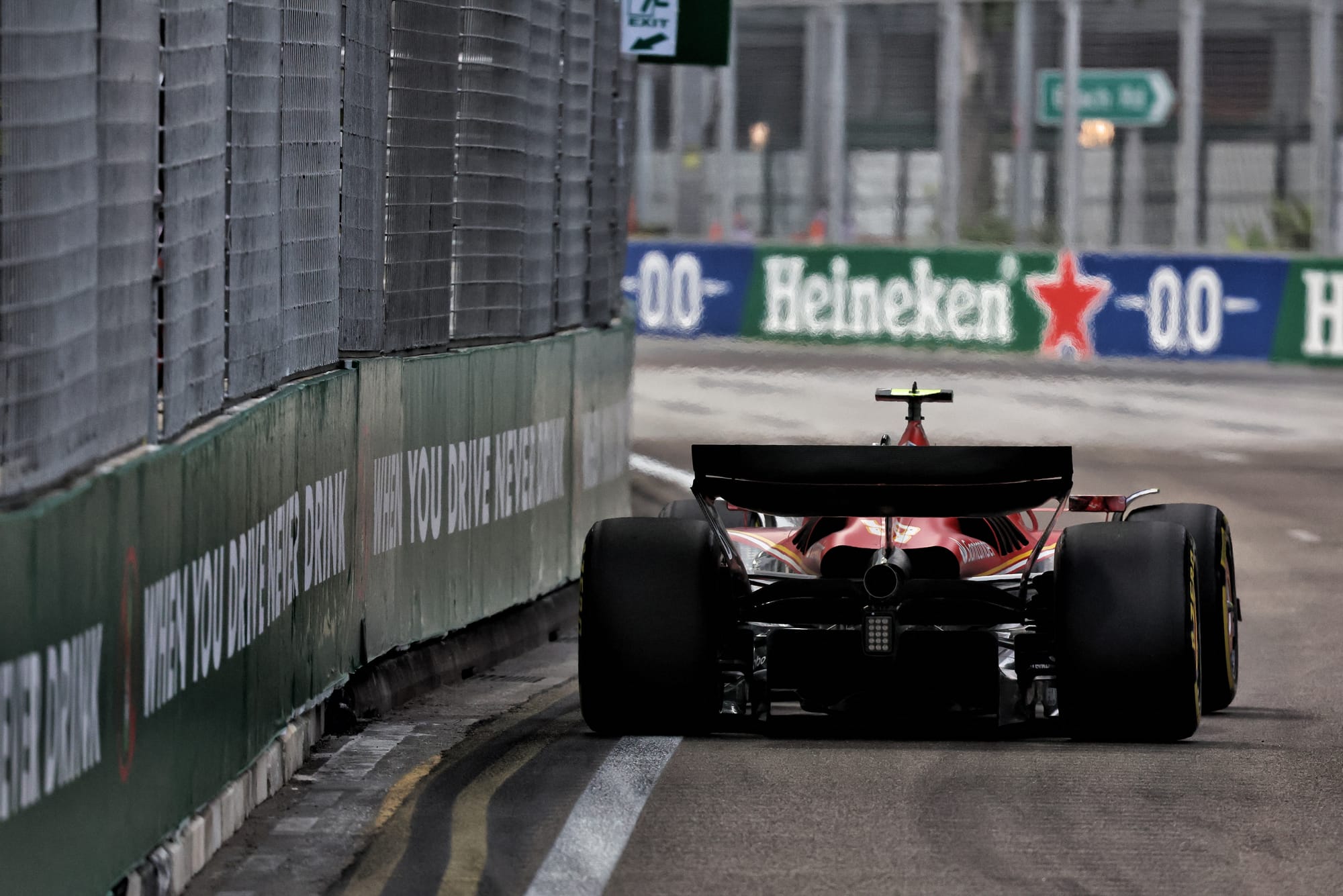
There have been times in the past where teams have gone for very aggressive weight distributions and that did lead to safety concerns at times, with ballast added to parts like front wings. In the most extreme cases, you could see the car very nose down when it was lifted with a crane, however, it could be regulated that a maximum of something like 5kg of ballast can be outside the survival cell, this would be adequate to use as a final weight distribution trim.
Pirelli develops the tyres to work in the window that the teams are forced into designing their there cars around, but I’m pretty sure it would stray outside of that if it were allowed. Giving Pirelli more freedom will allow teams to better optimise the cars around the tyres. That would be a valuable tool when it comes to reducing the low-speed understeer and also mitigate the high-speed pendulum effect that pitches the car into an uncontrollable spin.
With the cost cap in place, there’s very little concern that doing so would create an escalation of costs and it would allow the engineers one more weapon when it comes to getting the best out of the Pirellis and more importantly in tackling car balance problems.
With the tyres all supplied by Pirelli, you won't see extreme designs as we did in the past by teams working closely with their suppliers as you would have seen in the tyre war era.
Simple changes like this are in everyone’s interest, whether that’s the tyre supplier, the teams, the drivers, the fans, but most importantly it removes a regulation from the rule book as opposed to adding half a dozen to control it.


